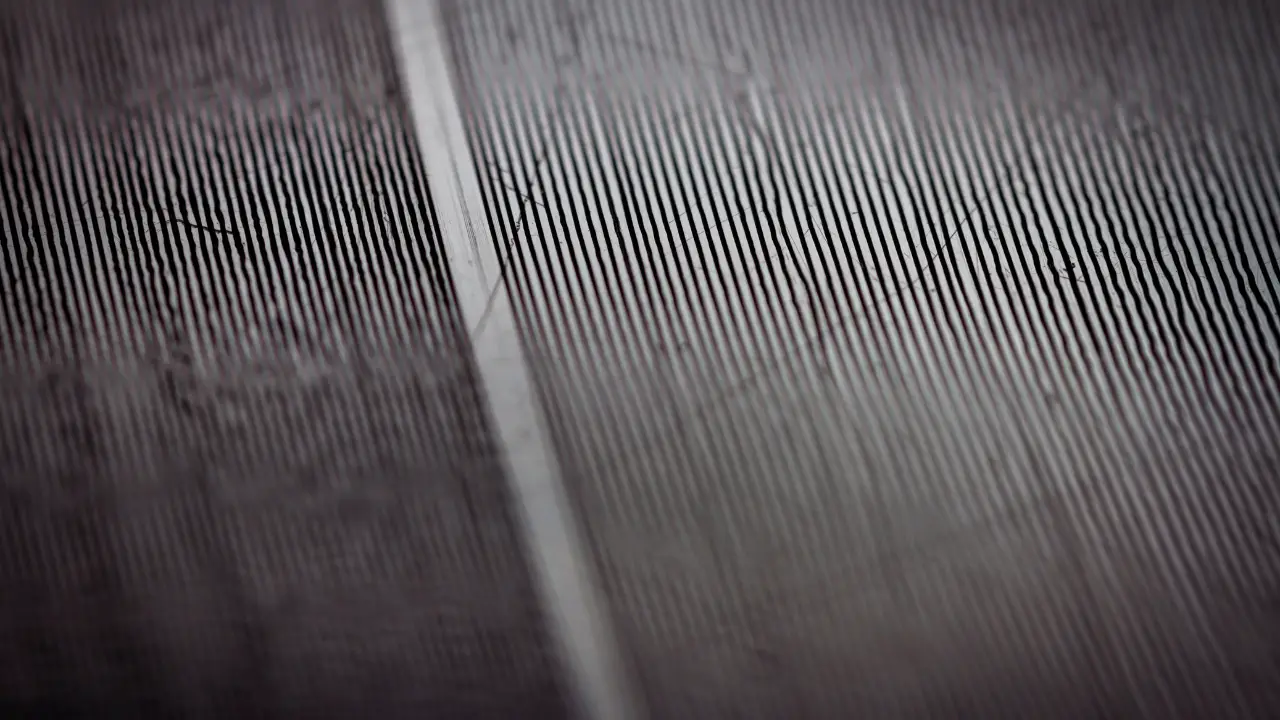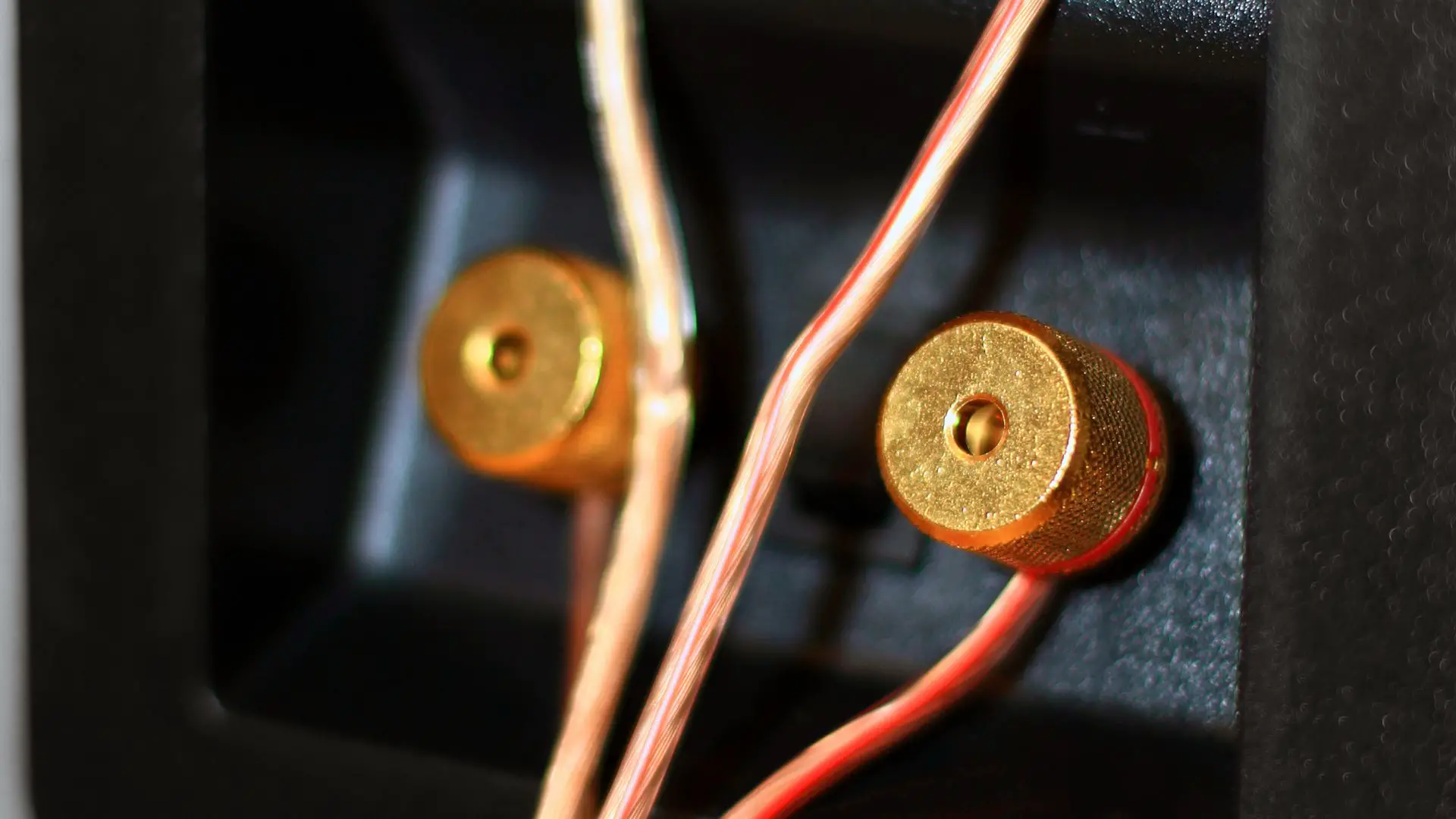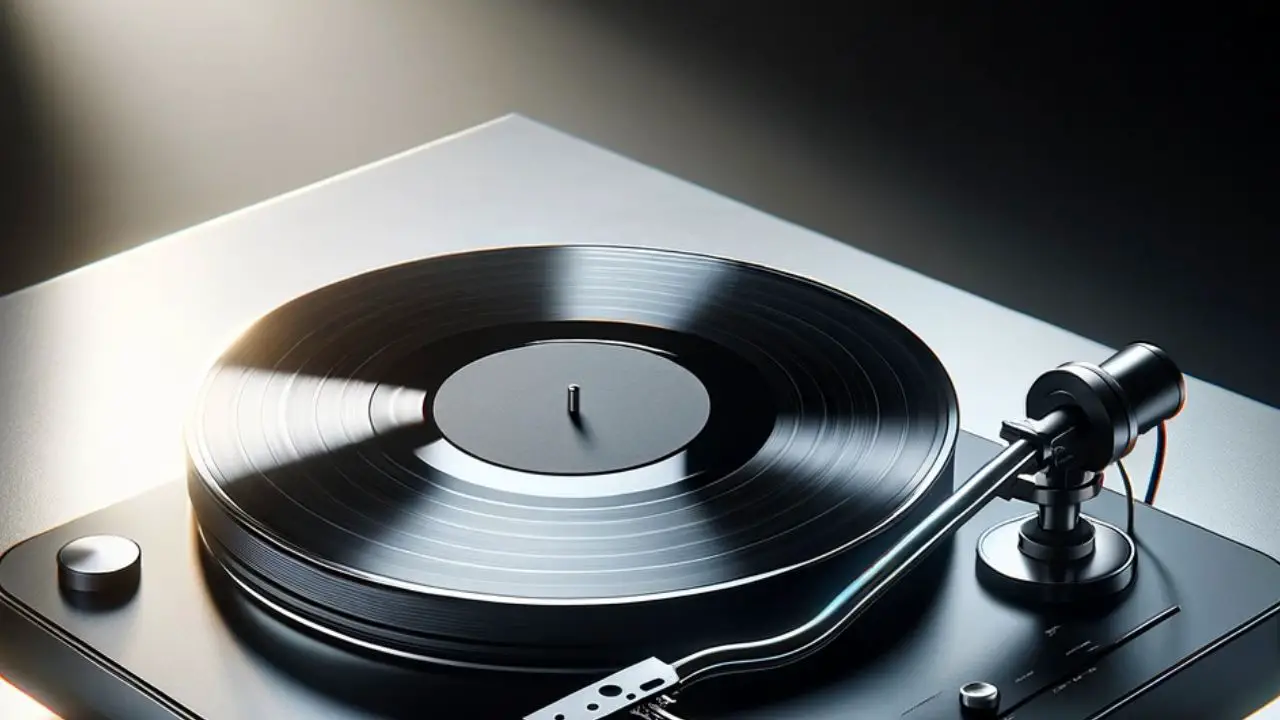Vinyl records have been around for over a century and have become increasingly popular in recent years. There is something special about the analog sound of vinyl that cannot be replicated by digital music. However, vinyl records are delicate and can easily become scratched or damaged, which can affect the sound quality.
Fortunately, there are methods for repairing scratched and damaged vinyl records. The art of vinyl restoration involves cleaning the record to remove any surface dirt, locating the scratch or damage, and using a fine toothpick or needle to gently retrace the grooves. This can greatly reduce the entity of the damage and improve the sound quality. However, it is important to note that not all vinyl records can be repaired and some damage may be irreparable.
Vinyl restoration is a delicate process that requires patience and attention to detail. It is important to have the right tools and to take the necessary precautions to avoid causing further damage to the record. With the right techniques and a little bit of practice, it is possible to restore scratched and damaged vinyl records and enjoy the analog sound of vinyl for years to come.
Understanding Vinyl Records
Vinyl records are a physical medium for audio storage that have been around for over a century. They consist of a flat, circular disc made of polyvinyl chloride (PVC) with spiral grooves etched into the surface. When a stylus, or needle, is placed at the beginning of the groove and the record is spun on a turntable, the stylus follows the groove, vibrating in response to the changes in the groove’s depth and shape. These vibrations are then amplified and sent to speakers, producing sound.
Vinyl records come in a variety of sizes, but the most common are 7-inch and 12-inch discs. The size of the disc determines how much music can be stored on it, with larger discs having a longer playtime. The speed at which the record is played also affects the playtime and sound quality. Most records are played at 33 1/3 revolutions per minute (RPM) or 45 RPM, with some older records playing at 78 RPM.
Vinyl records have a unique sound quality that many audiophiles prefer over digital formats. The analog nature of the medium produces a warm, rich sound that many find more pleasing to the ear than the cold, sterile sound of digital recordings. However, vinyl records are also more susceptible to damage than digital formats. Scratches, warping, and other forms of wear and tear can cause the stylus to skip or produce unwanted noise, affecting the sound quality.
Despite their fragility, vinyl records are still highly prized by collectors and music enthusiasts alike. Restoring damaged records can be a challenging but rewarding process, and with the right tools and techniques, it is possible to bring scratched and damaged records back to life.
The Importance of Vinyl Restoration
Vinyl records are a treasure trove of music history, and their popularity has been on the rise in recent years. However, with age and use, records can become scratched, warped, and damaged, affecting the sound quality. This is where vinyl restoration comes in.
Vinyl restoration is the process of repairing and restoring damaged records to their original condition. It involves various techniques and tools to fix scratches, remove dirt and debris, and repair warps. The importance of vinyl restoration cannot be overstated, as it helps to preserve the music and history contained in each record.
One of the primary benefits of vinyl restoration is the improved sound quality. Scratches and other damage can cause pops, clicks, and distortion, making the music difficult to listen to. Restoring the record to its original condition can help to eliminate these issues, allowing the listener to enjoy the music as it was intended.
Moreover, vinyl restoration helps to extend the life of the record. By repairing scratches and other damage, the record can continue to be played for years to come, preserving the music for future generations. This is especially important for rare and valuable records, which may not be replaceable.
In addition, vinyl restoration can be a rewarding hobby for collectors and enthusiasts. It allows them to take a hands-on approach to preserving the music they love, and can even increase the value of their collection. With the right tools and techniques, anyone can learn to restore vinyl records and enjoy the benefits of this rewarding hobby.
Vinyl restoration is an essential process for anyone who values the music and history contained in each record. By restoring damaged records to their original condition, we can preserve the music for future generations and continue to enjoy the unique sound of vinyl records.
Tools and Materials for Vinyl Restoration
Vinyl restoration requires a few essential tools and materials to ensure that the process is done correctly. In this section, we will discuss the three main categories of vinyl restoration tools: cleaning solutions, record cleaning machines, and repair kits.
Cleaning Solutions
Cleaning solutions are essential for removing dirt, dust, and grime from vinyl records. There are many different cleaning solutions available on the market, ranging from simple water and soap solutions to more complex formulas that include specialized cleaning agents. Some popular cleaning solutions include:
- Isopropyl alcohol
- Distilled water
- Record cleaning fluid
- Vinyl cleaning spray
It is essential to use cleaning solutions that are specifically designed for vinyl records to avoid damaging the grooves. Always follow the manufacturer’s instructions when using cleaning solutions.
Record Cleaning Machines
Record cleaning machines are a more advanced option for cleaning vinyl records. These machines use a combination of cleaning solutions and brushes to remove dirt and grime from the grooves of the record. Some popular record cleaning machines include:
- Spin-Clean Record Washer
- Audio Desk Systeme Vinyl Cleaner
- Okki Nokki Record Cleaning Machine
Record cleaning machines are an excellent investment for those who have a large collection of vinyl records and want to ensure that they are cleaned thoroughly and efficiently.
Repair Kits
Repair kits are essential for fixing scratches and other damage to vinyl records. These kits typically include a variety of tools and materials, such as:
- Stylus cleaner
- Record brush
- Microfiber cloth
- Vinyl repair fluid
- Scratch filler
When using repair kits, it is important to follow the manufacturer’s instructions carefully to avoid causing further damage to the record.
Having the right tools and materials is crucial for vinyl restoration. Whether you are cleaning your records by hand, using a record cleaning machine, or repairing scratches and other damage, using the right tools and materials will ensure that your records sound their best and last for years to come.
The Process of Cleaning Vinyl Records
Vinyl records are delicate and require proper care to maintain their quality over time. Cleaning records is an essential part of vinyl restoration. There are two main ways to clean vinyl records: manual cleaning and machine cleaning.
Manual Cleaning
Manual cleaning involves using a cleaning brush and a cleaning solution to remove dirt, dust, and other debris from the record’s grooves. The following steps outline the process of manual cleaning:
- Place the record on a clean, flat surface.
- Apply a few drops of cleaning solution to the record’s surface.
- Use a cleaning brush with carbon fiber bristles to gently scrub the record in a circular motion, starting from the center and moving towards the outer edge.
- Rinse the record with distilled water to remove any remaining cleaning solution.
- Dry the record with a clean, lint-free cloth.
Manual cleaning is a cost-effective and straightforward way to clean vinyl records. It is also a good option for those who prefer a hands-on approach to vinyl restoration.
Machine Cleaning
Machine cleaning involves using a record cleaning machine to clean vinyl records. These machines use a vacuum to remove dirt, dust, and other debris from the record’s grooves. The following steps outline the process of machine cleaning:
- Place the record on the machine’s turntable.
- Apply a few drops of cleaning solution to the record’s surface.
- Turn on the machine and let it run for the recommended amount of time.
- Remove the record from the machine and rinse it with distilled water to remove any remaining cleaning solution.
- Dry the record with a clean, lint-free cloth.
Machine cleaning is a more expensive option than manual cleaning, but it is also more efficient and less time-consuming. It is a good option for those who have a large collection of vinyl records or those who want a more automated approach to vinyl restoration.
Both manual cleaning and machine cleaning are effective ways to clean vinyl records. The choice between the two methods ultimately depends on personal preference, budget, and the size of the record collection.
Repairing Scratches on Vinyl Records
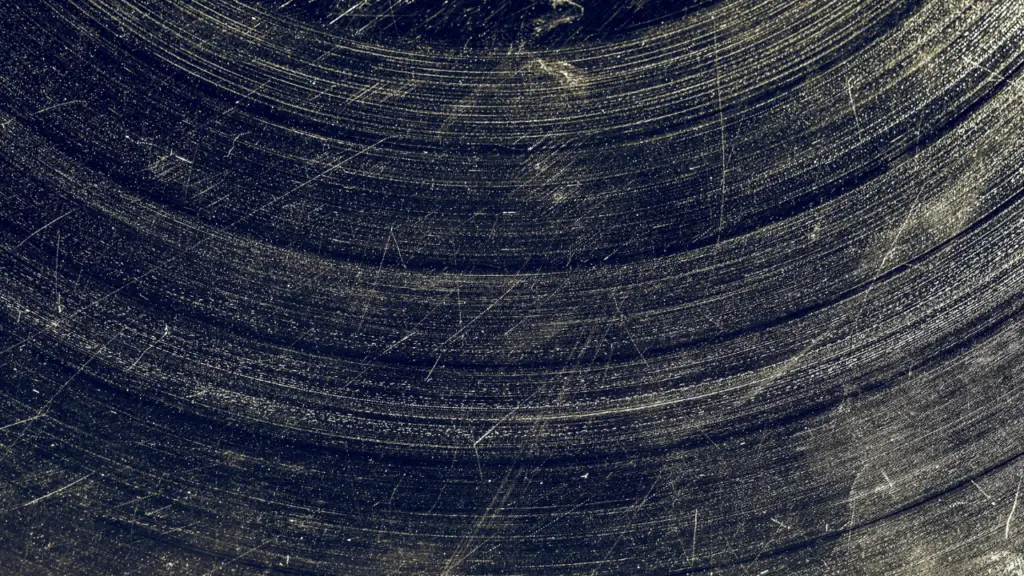
Vinyl records are an excellent way to enjoy music, but they are also delicate and prone to scratches. Scratches on a vinyl record can cause distortion, skipping, and even permanent damage to the grooves. Fortunately, there are several methods to repair scratches on vinyl records.
One popular method to repair scratches on vinyl records is using wood glue. First, clean the record with a dry brush or liquid cleaning solution to remove dirt and debris. Then, apply a thin layer of wood glue to the scratched area. Allow the glue to dry completely, and then gently peel it off. The glue should peel off with the dirt and debris, leaving the scratch filled and less noticeable.
Another method to repair scratches on vinyl records is using a toothpick or needle. Clean the record with a dry brush or liquid cleaning solution, and then locate the scratch. Using a USB microscope to see the grooves, gently retrace the grooves with a very fine toothpick or needle. Clean the record surface again and then listen back to the record.
Other methods to repair scratches on vinyl records include using a commercial record cleaning kit, using a record cleaning machine, or taking the record to a professional for repair. However, these methods can be expensive and may not always be effective.
It is important to note that while these methods can be effective, they may not work for all scratches. Deep scratches or cracks may be irreparable, and attempting to repair them can cause further damage to the record. It is also essential to be gentle when repairing scratches on vinyl records, as rough handling can cause additional damage.
Preserving and Storing Vinyl Records
Vinyl records can last for decades if they are stored and handled properly. Proper storage and handling techniques are critical to extending the life of your vinyl records and maintaining their sound quality.
Proper Storage
Proper storage is essential to preserving the quality of your vinyl records. Here are some tips for storing your vinyl records:
- Store your records upright and never stack them horizontally. Stacking records can cause warping and damage to the grooves.
- Keep your records in a cool, dry place away from direct sunlight and heat sources. Exposure to heat and sunlight can cause warping and damage to the vinyl.
- Use inner sleeves to protect the vinyl from dust and scratches. Avoid using paper sleeves as they can scratch the vinyl. Instead, use anti-static sleeves made of polyethylene or polypropylene.
- Use outer sleeves to protect the record jackets from dust and damage. Outer sleeves made of polyethylene or polypropylene are ideal.
Handling Techniques
Proper handling techniques are also important to preserving the quality of your vinyl records. Here are some tips for handling your vinyl records:
- Always handle your records by the edges and avoid touching the grooves. Fingerprints and oils can damage the grooves and affect the sound quality.
- Avoid dropping or mishandling your records. Dropping records can cause warping and damage to the grooves.
- Clean your records before and after each use to remove dust and dirt. Use a carbon fiber brush or a record cleaning machine to remove dirt and debris from the grooves.
- Always return your records to their sleeves and jackets after use to protect them from dust and damage.
Professional Vinyl Restoration Services
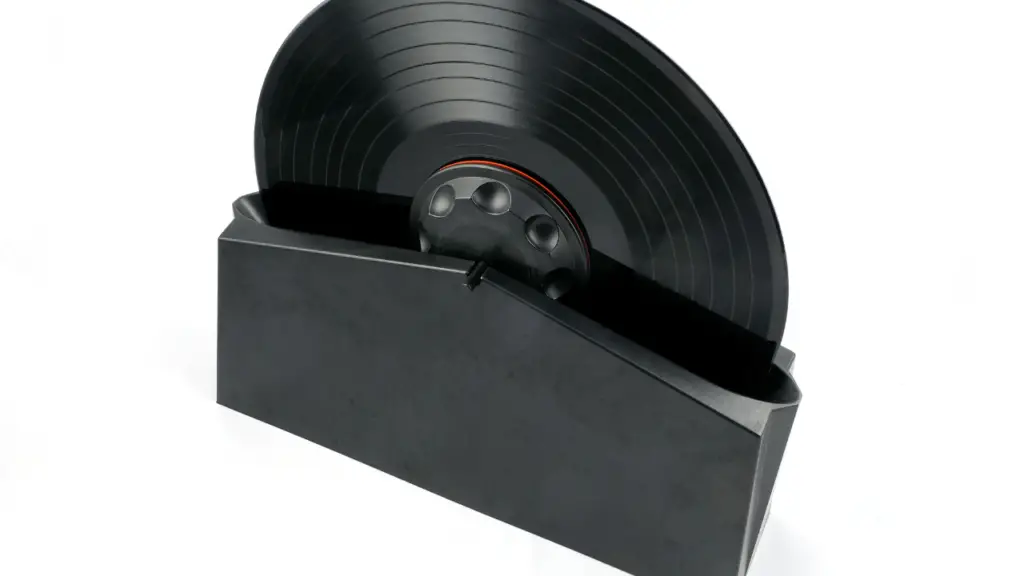
For those who want to restore their vinyl records to their former glory, professional vinyl restoration services are available. These services are provided by companies that specialize in repairing and restoring damaged records. They use specialized equipment and techniques to repair scratches, cracks, and other types of damage.
Professional vinyl restoration services are typically more expensive than DIY methods, but they offer a higher level of expertise and experience. These companies have trained technicians who are knowledgeable about the different types of vinyl records and the best methods for repairing them. They also have access to specialized equipment that is not available to the general public.
When choosing a professional vinyl restoration service, it is important to do your research and choose a reputable company. Look for reviews and testimonials from previous customers to ensure that the company has a good reputation. You should also inquire about the company’s experience and training, as well as their pricing and turnaround time.
Some popular professional vinyl restoration services include Vinyl Pro Restoration, The Vinyl Restorer, and Vinyl Record Revival. These companies offer a range of services, from basic cleaning and repair to more extensive restoration work. They can also provide advice on how to properly care for your vinyl records to prevent future damage.
Professional vinyl restoration services are a great option for those who want to restore their vinyl records to their former glory. While they may be more expensive than DIY methods, they offer a higher level of expertise and experience, and can help ensure that your records sound their best for years to come.
Conclusion
Vinyl restoration is a skill that requires patience, attention to detail, and the right tools. With the right approach, it is possible to repair scratched and damaged records and restore them to their former glory.
First and foremost, it is important to take preventative measures to protect vinyl records from damage. This includes keeping them clean, storing them properly, and handling them with care. However, even with proper care, records can still become scratched or damaged over time.
There are several methods for repairing scratched and damaged records, including using a vinyl cleaning solution, a microfiber cloth, and a record brush. In some cases, it may be necessary to use a specialized record repair kit or to seek the help of a professional.
When repairing a scratched record, it is important to be gentle and to avoid using abrasive materials that could further damage the record. It is also important to take the time to properly clean the record before attempting to repair it.
Overall, vinyl restoration is a rewarding and worthwhile pursuit for anyone who loves music and wants to preserve the integrity of their vinyl collection. With the right tools and techniques, it is possible to repair scratched and damaged records and enjoy them for years to come.
Frequently Asked Questions
How can I restore my scratched vinyl records?
Fixing scratched vinyl records can be a delicate process that requires patience and attention to detail. One method involves using a fine-toothed needle or toothpick to gently retrace the grooves of the record. Another popular method involves using a vinyl record cleaning machine or solution to remove dirt and grime from the surface of the record. It’s important to note that these methods may not work for all types of scratches, and some scratches may be too deep to repair.
What are the best methods for repairing damaged vinyl records?
Prevention is key when it comes to vinyl record care, but accidents can still happen. The best methods for repairing damaged vinyl records depend on the type and extent of the damage. For minor scratches and scuffs, a vinyl record cleaning solution or machine may be effective. For more serious damage, such as cracks or warping, it may be necessary to seek professional repair services.
Is it possible to fix a warped vinyl record?
Warped vinyl records can be difficult to repair, but it is possible in some cases. One method involves placing the record between two sheets of glass and leaving it in direct sunlight for several hours until it becomes pliable enough to be flattened. However, this method can be risky and may cause further damage to the record. It’s generally recommended to seek professional repair services for warped vinyl records.
Can a professional repair my damaged vinyl records?
Yes, there are professional vinyl record repair services available that can repair a wide range of damage, from minor scratches to major cracks and warping. These services can be expensive, but they may be worth it for valuable or sentimental records.
Are scratched vinyl records still valuable?
The value of a scratched vinyl record depends on a variety of factors, including the rarity and condition of the record, as well as the demand from collectors. In general, records that are rare or in high demand may still be valuable even if they are scratched or damaged. However, it’s important to note that scratches and other damage can significantly reduce the value of a record.
What are my options for disposing of old and scratched vinyl records?
If you have old or scratched vinyl records that you no longer want, there are several options for disposal. One option is to donate them to a local thrift store or record shop. Another option is to recycle them, although it’s important to check with your local recycling center to see if they accept vinyl records. Finally, you can also sell them online or at a garage sale, although it’s important to be honest about the condition of the records.

